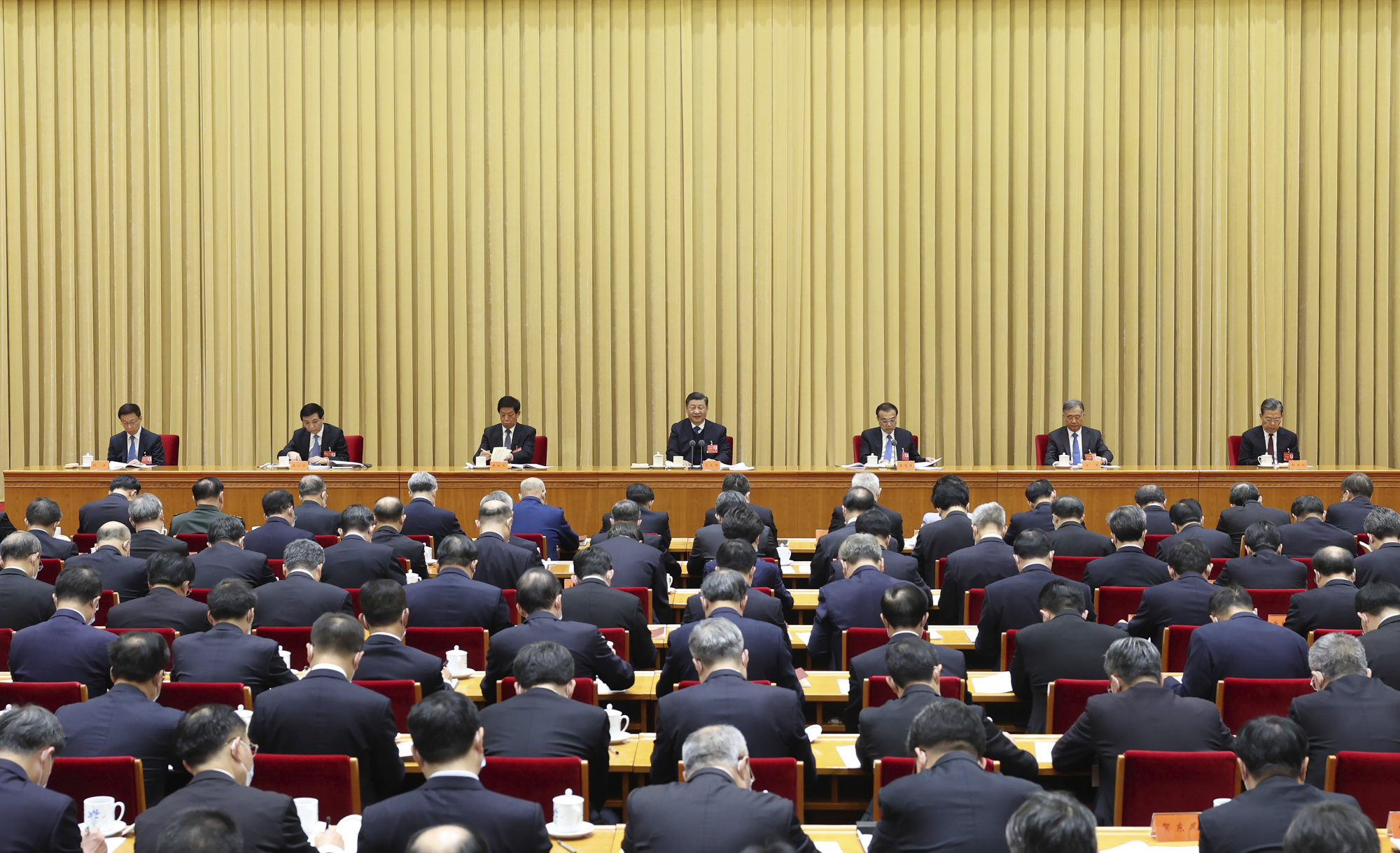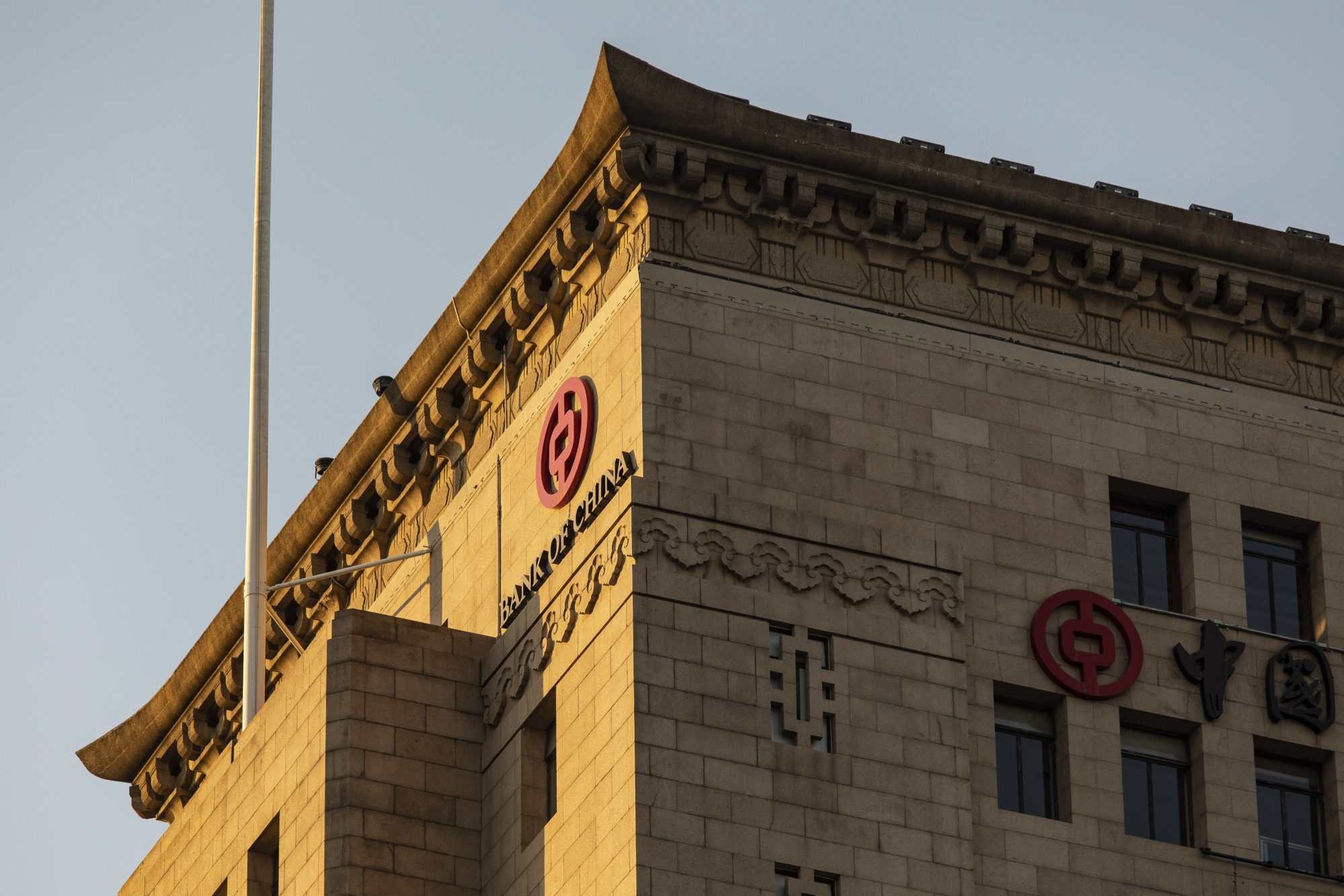
Despite rate cuts, aggressive Chinese monetary policy easing is not on the cards
- With a property slump and pandemic-induced weak consumption dragging down the economy, the PBOC has limited room for manoeuvre
- Policymakers will not want to undermine the policy goal of curbing property speculation, and their hands are tied in the face of the zero-Covid policy
While this may sound reasonable, given the economic headwinds facing the economy, investors should also be aware that there is limited room for easing in China, which means that aggressive easing is probably not on the cards in the coming year.
Nonetheless, the surprising decision on the reserve requirement in December, days after Premier Li Keqiang signalled a cut was in the works, quickly turned around market expectations. And the cut in the loan prime rate only raised hopes for further policy easing.

However, markets should keep in mind that Chinese policymakers have limited room for manoeuvre.
This also implies that monetary policy is unlikely to be eased massively as history suggests this would eventually boost the housing market.
On the consumption front, the zero-Covid strategy implemented by Beijing has significantly changed consumer behaviour. With the various travel restrictions in place, people now mostly travel only out of necessity. Many have also reduced their leisure activities.
If China sticks to its zero-Covid strategy, consumption will struggle to return to its pre-pandemic levels. In other words, monetary policy easing is not the right solution for boosting domestic demand.
China’s credit growth was estimated to be about 10 per cent in 2021, largely in line with nominal GDP growth. However, the consensus view is that nominal growth is likely to decelerate to about 8 per cent in 2022, which implies that credit growth would see downside pressure in the next few quarters.
This means that, while the policy rates could be cut to ease the debt burden for the economy, the overall credit conditions are unlikely to be relaxed significantly.

Meanwhile, the risk appetite among commercial banks has been badly dampened due to the economic slowdown and property market slump. This also means that banks will remain cautious in extending credit in the coming quarters. In other words, the effectiveness of monetary policy easing is questionable.
All told, while the market has again been cheered by hopes of policy easing, the actual policy rollout in the coming year will probably be slow and hesitant. The market is likely to be disappointed on the monetary policy front.
In the meantime, the pro-cyclical behaviour among commercial banks also suggests that any policy easing might be less effective than policymakers thought.
The real hope, in my view, is that fiscal spending could be accelerated in 2022, suggesting that the investment in infrastructure would provide some support to the economy, particularly in a property downturn. If the issuance of local government special bonds could pick up significantly in the first quarter, fiscal support would materialise in the following few quarters.
However, as underlying demand remains weak, China’s economic outlook still appears to be challenging, for now at least.
Hao Zhou is senior emerging markets economist at Commerzbank

